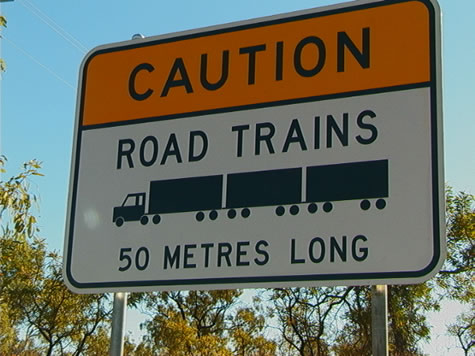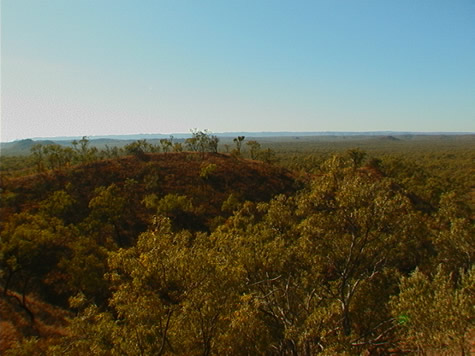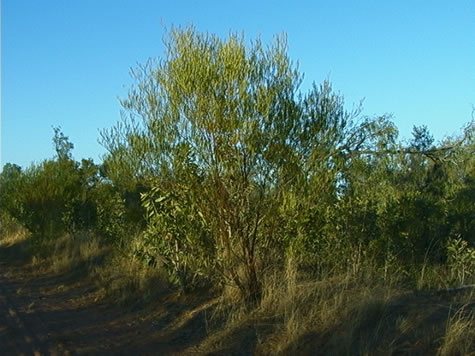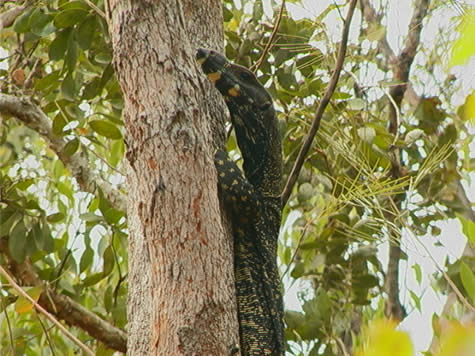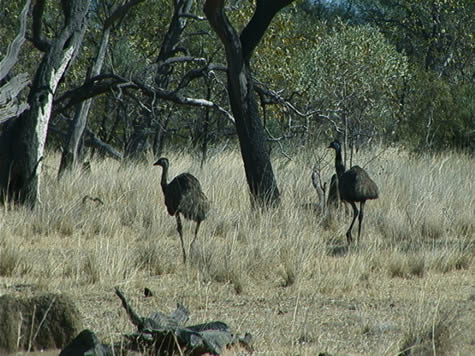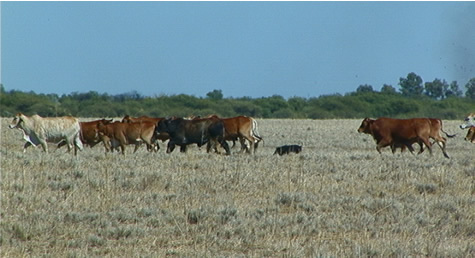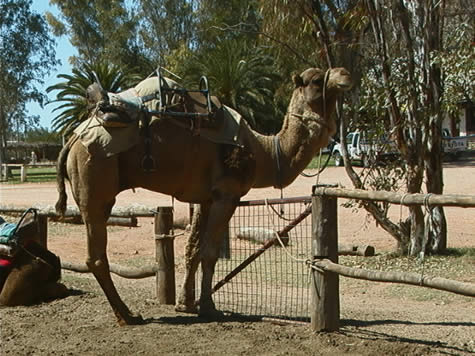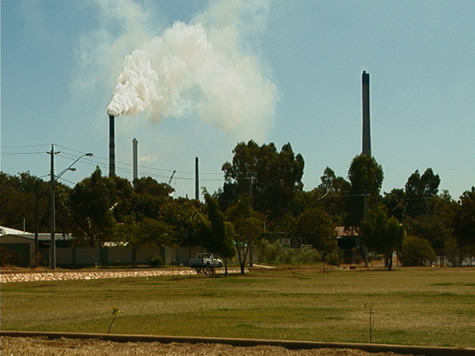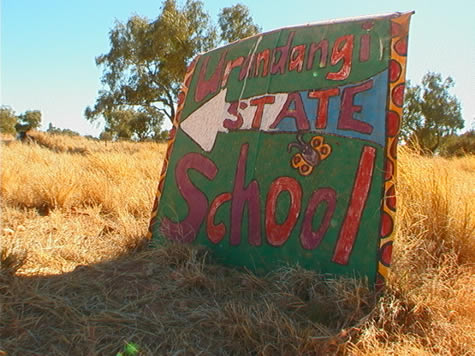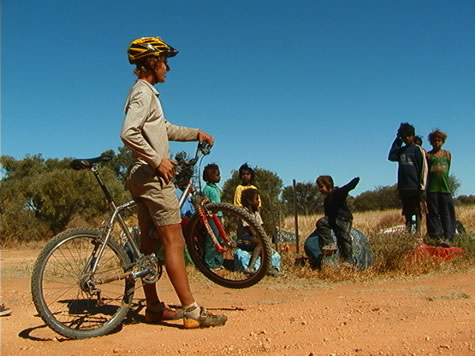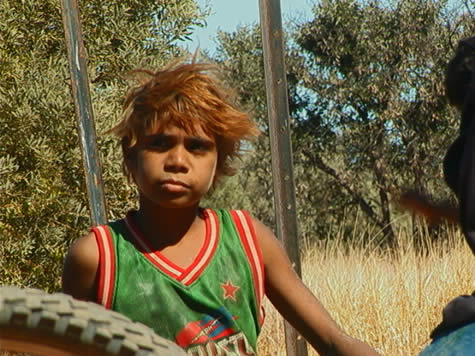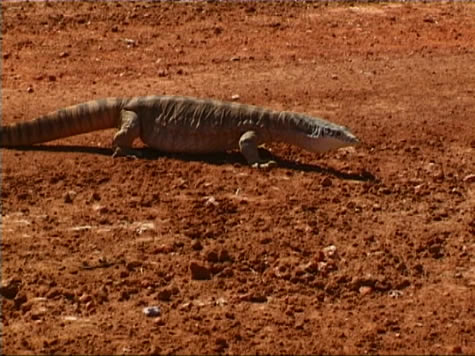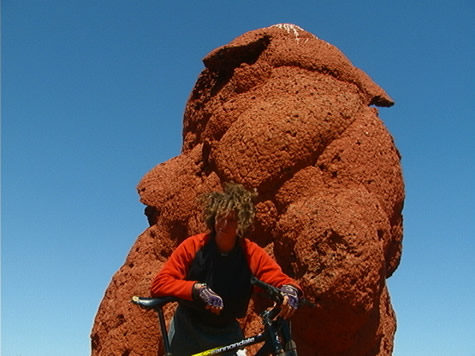The Mitchell River
We arrived at the banks of the Mitchell River in the early afternoon. Our first overcast sky for the trip made the last hour of riding more comfortable, with the moist air and gentle breeze presenting an interesting contrast with the dry, burnt landscape surrounding us.
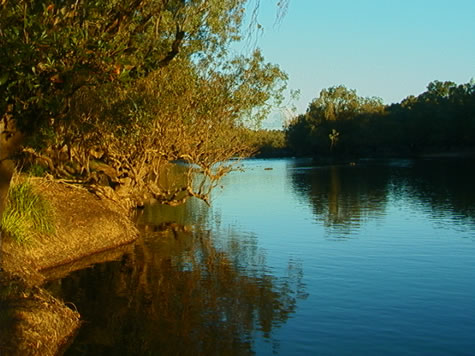
All of the ground we have covered today, in the fifty kilometers between Sandy Creek and The Mitchell River has shown evidence of recent burning. Trees more than five meters tall are rare and undergrowth is sparse and tough. Open ranging cattle struggle to survive in the harsh conditions, oppressing each green stalk which dares to push its way through the hot, blackened earth.
Burning off is widespread and thorough in the Queensland Outback. Station owners regularly set fire to the bush to subdue weeds and to promote fresh growth. Some native species also benefit from the burning, as they have been adapting since the time when aborigines managed the land, and lit extensive fires throughout the country.
Growth of one such plants, the native grass tree, or “black boy”, can be stunted if it lacks periodical burning. Other trees are reliant on the high temperatures generated by the fires to produce fertile seed.
What a difference as we descended into the river valley and found ourselves in a cool grove of melaleuca, with running water, impressive eroded boulders, and interesting grasses – which although they had been grazed by cattle, were free enough of burning to still have some level of diversity existent.
The Mitchell has two sets of banks: the dry season, in which the river at this time of the year is wholly contained, and the wet season boundary, which is now a sandy, cattle trodden canyon. The latter encompasses large trees, in which debris is deposited while the river is in flood, and displayed high in the treetops when the water level recedes. During these floods, the river is unable to be crossed, and people beyond can be isolated for months at a time.
Although we were making good time over the rough terrain, and had arrived at the river comparatively early in our day, we couldn’t resist the abundant cool clean water and the chance to wash our clothes and bodies. We set up camp, haunted by thoughts of tomorrow morning, when we will have to drag ourselves from this hospitable oasis into terra incognito beyond.
How do the seasons change throughout the year where you live? Ask your parents or teacher why they change, and how it can be winter in the Southern Hemisphere while in the Northern Hemisphere it is summer.
bel
